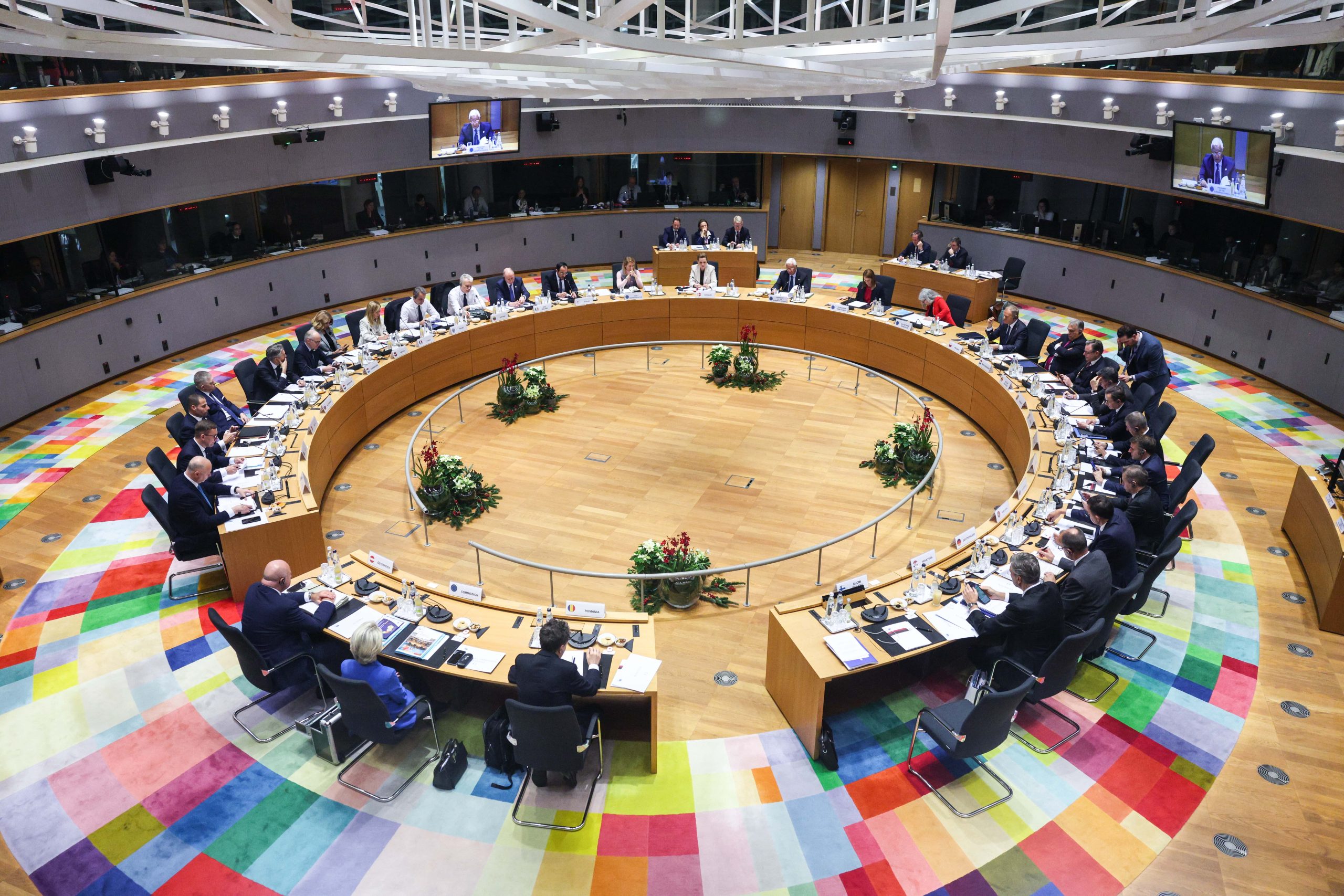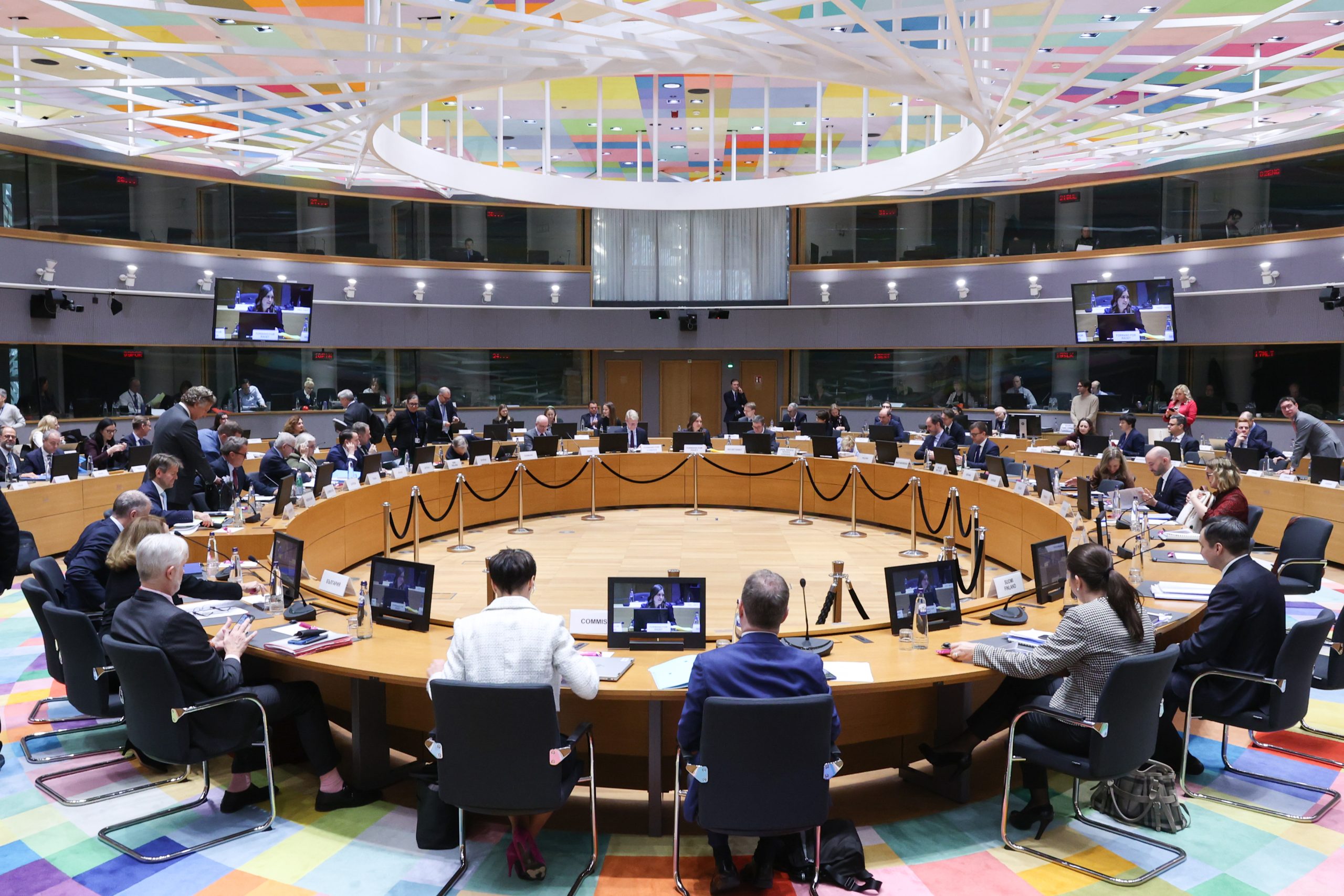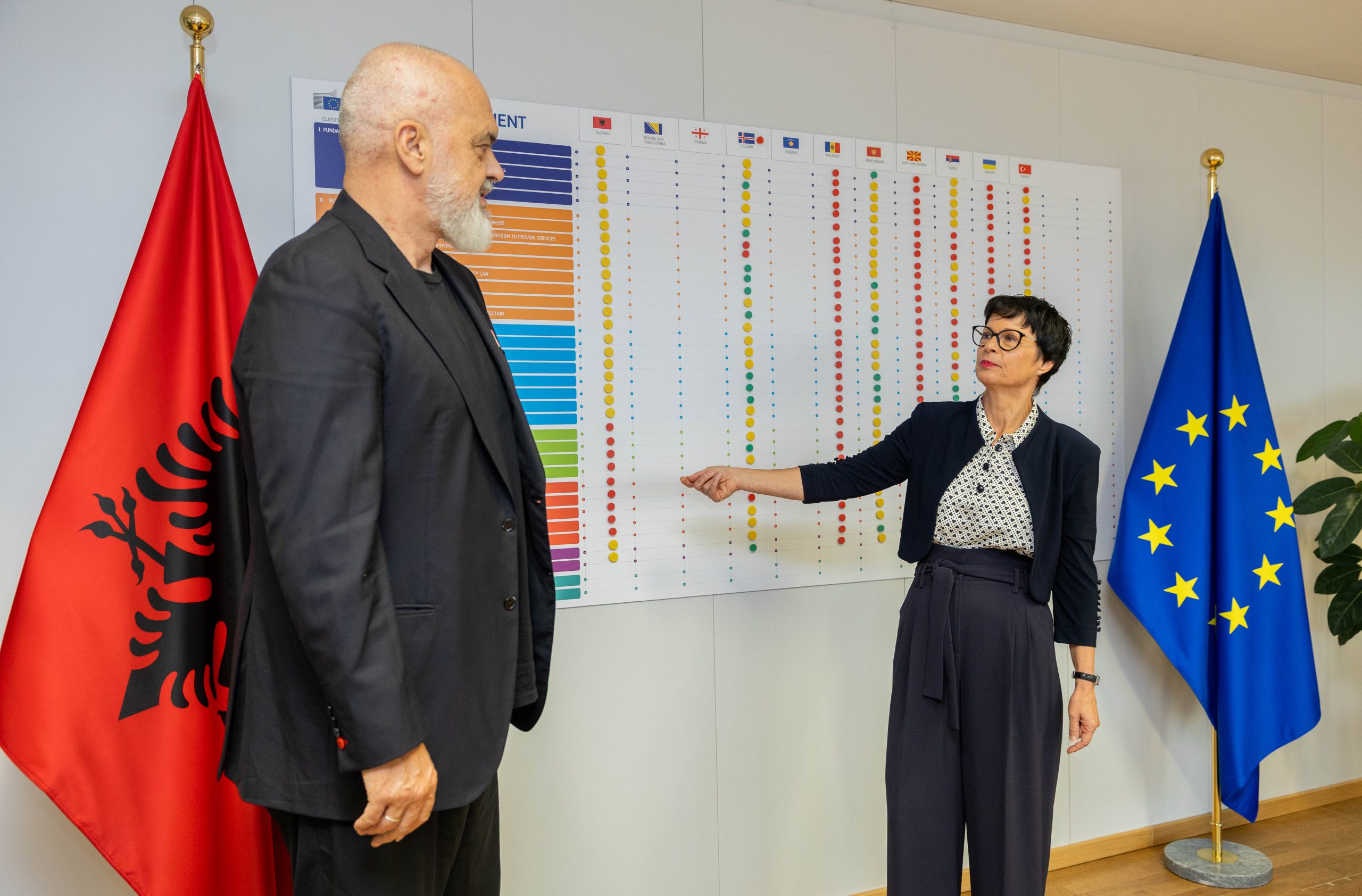Brussels, 16. 07. 2014. – In May 2014, severe weather and damaging floods hit entire regions of Bosnia and Herzegovina and Serbia, resulting in several dozens of casualties in both countries, causing the destruction of public and private infrastructures, as well as hitting hundreds of thousands of households, many of whom, mostly vulnerable groups, still remain without proper shelter. Damages and economic losses amount to around €2 billion in Bosnia and Herzegovina and €1.5 billion in Serbia.
Following the disaster, both Serbia and Bosnia and Herzegovina asked for help of the international community. The international community, its numerous countries and international organisations as
well as individuals, demonstrated their solidarity, contributed and look part in common efforts, providing both countries with immediate assistance, including rescue teams, expertise and first necessity products, not least through the EU Civil Protection Mechanism. Serbia and Bosnia and Herzegovina have now entered the reconstruction phase, which aims at quickly recovering from the
disaster, preventing further threats and curbing the negative effects of the floods on their already fragile economies. The two countries underlined that the reconstruction efforts will go hand in hand
with their ongoing sustainable reform processes.
With the view to responding to both countries call and to supporting both countries in their efforts, the European Commission, France and Slovenia took the initiative to convene an International Donors’ Conference under the motto “Rebuilding Together”. Delegations of over 60 countries and 23 international organisations, as well as representatives from the civil society and private sector gathered in Brussels on 16 July 2014. The conference once again illustrated the great solidarity for Bosnia and Herzegovina and Serbia and managed to overall mobilise pledges of €809.2 million for Bosnia and Herzegovina and €995.2 million for Serbia to face the financial needs for 2014 of 650M€ and 830 M€ respectively. €41.4 million were pledged for cross-border activities.
The financial assistance will provide the two countries with highly valuable help to answer the immediate needs of affected people before winter comes, starting with the reconstruction of houses
and public buildings, rehabilitation of livelihoods as well as rapid restoration of water and energy supply. It will also contribute to consolidate flood management and protection, disaster prevention
and rebuild transport and energy infrastructures. The assistance will be implemented in a coordinated manner, with EU support, by using the existing structures already in place in both countries and in close cooperation, with the international donors’ community.
At the donors’ conference, both countries and donors agreed on the following:
Implementing flood prevention and flood risk management
Serbia and Bosnia and Herzegovina are aware of the need to improve their disaster risk reduction capacities, mechanisms and infrastructures, therefore, they will develop integrated flood risk
mapping and vulnerability assessments. They will also develop sound flood risk management plans and introduce proper land and urban use planning, promoting sustainable land use practices that
improve water retention. In parallel, work on flood defenses and climate resilient infrastructure needs to be enhanced. The rehabilitation of the agricultural sector remains crucial but also requires serious improvements in the field of weather and hydrological forecasting. The two countries will further introduce early warning systems at all levels, upgrade contingency planning and emergency measures. The countries should intensify their efforts to fully align with the cornerstone Floods Directive of the EU.
Cooperating regionally for river basin management Bosnia and Herzegovina and Serbia belong to the same river basin, which requires efficient regional cooperation. Therefore, inland waterway infrastructure needs substantial improvements and clear linkages with climate-resilient flood prevention and overall river basin management. River restoration and dredge activities need to be carried out to support also the natural capacity of rivers and floodplains to retain water. The two countries will start work on developing improved maintenance standards in river infrastructure, in line with the ongoing work within the Danube and Sava river commissions. Embankments, dykes, and dams will be reconstructed and upgraded using internationally agreed norms for reconstruction. The European Commission will call a high level regional meeting in the autumn to support the development of a regionally integrated flood response strategy.
Developing civil protection mechanisms The recent damages proved the need for a wider risk management framework to tackle potential
natural disasters. Such framework requires from the two countries to complete the EU compliant flood hazard, flood risk and flood management maps and take full participation to the EU Civil
Protection Mechanism. Bosnia and Herzegovina and Serbia confirmed their firm intention to join the European Union Civil Protection Mechanism following the invitation by the European Commission.
Fostering energy and environment policies The rising frequency of natural hazards such as these floods has increased the awareness of
environmental risks and the need for fight against climate change and its causes. The diversification of energy sources and production will be further improved by the two countries to reduce energy
dependence. This will also decrease dependency of floods vulnerable generation capacities. The countries will strive to ensure the protection of critical energy production sites. They will foster the
production of clean and sustainable energy also as a potential means to diminish risks and generate competitiveness. Buildings will be rehabilitated aiming at high environment standards, in order to
improve their energy-efficiency and reduce their carbon footprint.
Financing private sector Support from international financial institutions and other donors is necessary to help the private
sector, offset the governments’ revenue losses, and foster job creation and prosperity. To that end, loans will need to be restructured and/or redirected for recovery and reconstruction efforts, in particular to small and medium-sized enterprises. Debts payments could also be rescheduled by banks while ensuring prudential standards. Financial and administrative procedures will be revised by national authorities in order to reduce time lapses for the approval of investments and the execution of programs and projects. Proper distribution channels, including micro-finance, should make financial assistance attractive. A culture of damage insurance must be developed in both countries.
Taking into account the social dimension of recovery and reconstruction During the recovery and reconstruction phase, specific attention should be granted to the most vulnerable groups of populations such as children, women, senior citizens, Roma populations and disabled persons in order to avoid further aggravating their situation. Priority support should be provided to these groups in particular for housing solutions as well as ensuring their access to health and education. In sum, the reconstruction should also be pursued in a participatory manner.
Ensuring transparency, efficiency and accountability It is of paramount importance that authorities of Bosnia and Herzegovina and Serbia make efficient, transparent, including through websites, and swift use of the financial assistance received. Donors’ coordination should be improved with EU support. Swift implementation of the pledges is expected as it would substantially contribute to the needed reconstruction. A high level meeting will be
convened early in 2015 to monitor the implementation of these conclusions.
* * *
While facing current devastation in the region, Bosnia and Herzegovina and Serbia are willing to further act collectively, with the support of their neighbors and the international community, in order
to overcome the terrible effects of an unprecedented natural disaster.
Source: http://ec.europa.eu/commission_2010-2014/fule/docs/speeches/20140716_conclusions.pdf








